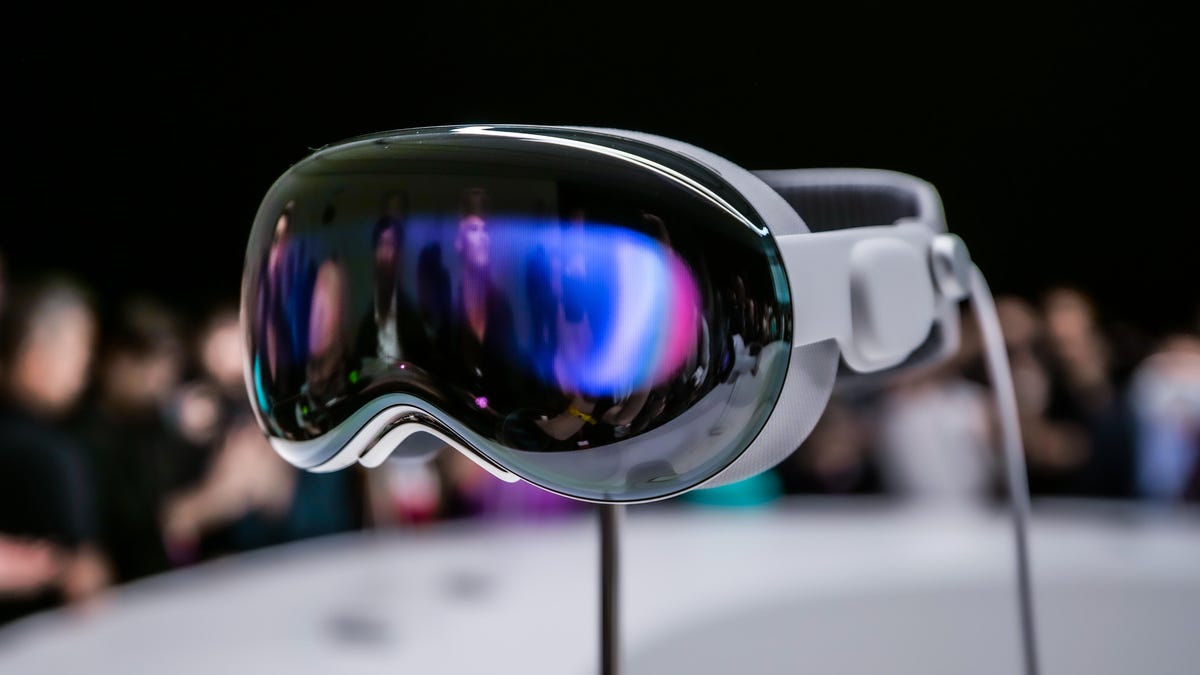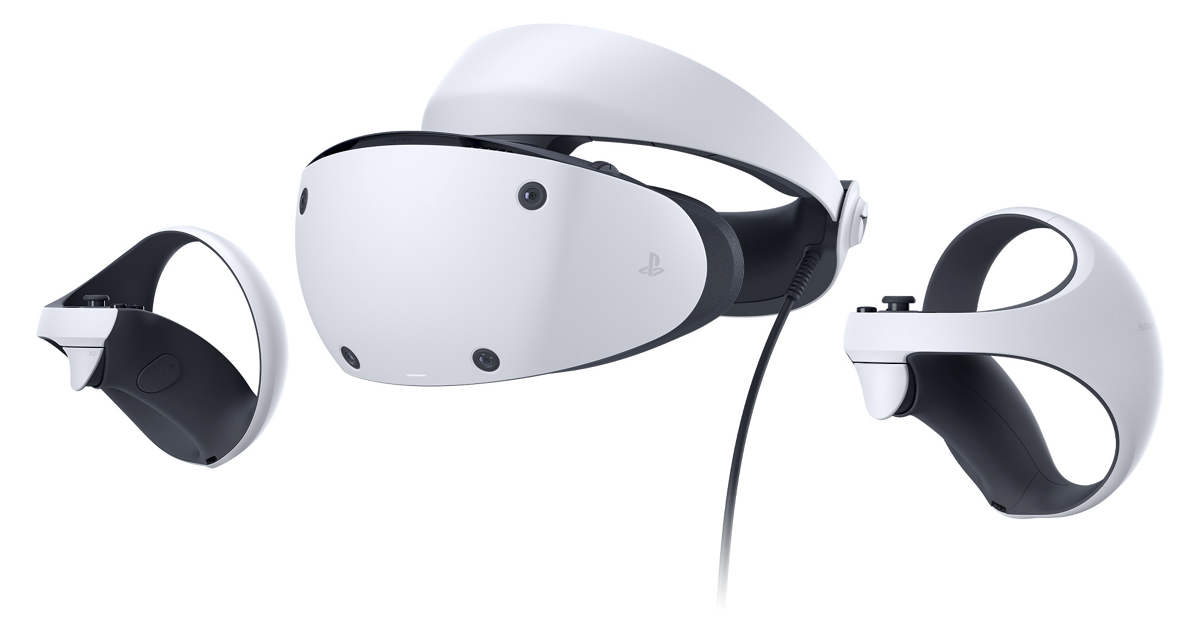What is VR headset?
A virtual reality (VR) headset is a device worn on the head that creates a virtual reality experience for the user. They are commonly used in gaming but also serve in simulations and training. VR headsets usually have a stereoscopic display for each eye, stereo sound, and motion sensors to align the virtual view with the user’s real-world head movements.
Some VR headsets include eye-tracking and gaming controllers. They employ head-tracking technology to adjust the visual field as the user looks around. Despite potential latency during rapid head movements, this technology provides an engaging experience.
Sponsor
- Display
-
Resolution: High-resolution displays for crisp visuals.
Refresh Rate: Higher refresh rates for smoother motion.
Field of View (FOV): Wider FOV for immersive experiences.
- Tracking
-
Inside-Out Tracking: Built-in sensors for tracking head movements without external sensors.
Room-Scale Tracking: Ability to track movement within a designated physical space.
- Controllers
-
Hand Tracking: Advanced hand-tracking technology for natural interactions.
Ergonomic Design: Comfortable controllers with intuitive button layouts.
- Connectivity
-
Wireless: Wireless connectivity options for freedom of movement.
Wired: High-speed wired connections for low-latency experiences.
- Audio
-
Integrated Audio: Built-in speakers or headphones for spatial audio.
3D Audio: Immersive audio technology for realistic soundscapes.
- Comfort
-
Adjustable Straps: Customizable straps for a secure and comfortable fit.
Lightweight Design: Ergonomic design for extended wear without discomfort.
- Software Ecosystem
-
VR Content: Access to a wide range of VR games, apps, and experiences.
Compatibility: Support for major VR platforms and content distribution platforms.
- Tracking Systems
-
Inside-Out Tracking: Cameras and sensors built into the headset for positional tracking.
External Tracking: Compatibility with external sensors for precise tracking.
- Hardware Specifications
-
CPU/GPU: Powerful processors for rendering high-quality VR content.
Memory: Sufficient RAM for multitasking and smooth performance.
Storage: Adequate storage space for storing VR games and applications.
- Price and Availability
-
- Price Range: Varies depending on features and specifications.
- Availability: Release dates and availability may vary by region.









 Graphic image of the M2 chip
Graphic image of the M2 chip 12-millisecond photon-to-photon latency
12-millisecond photon-to-photon latency


